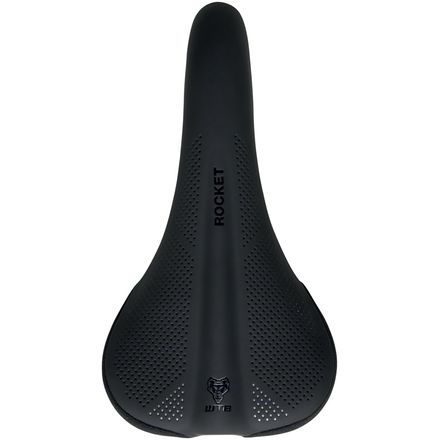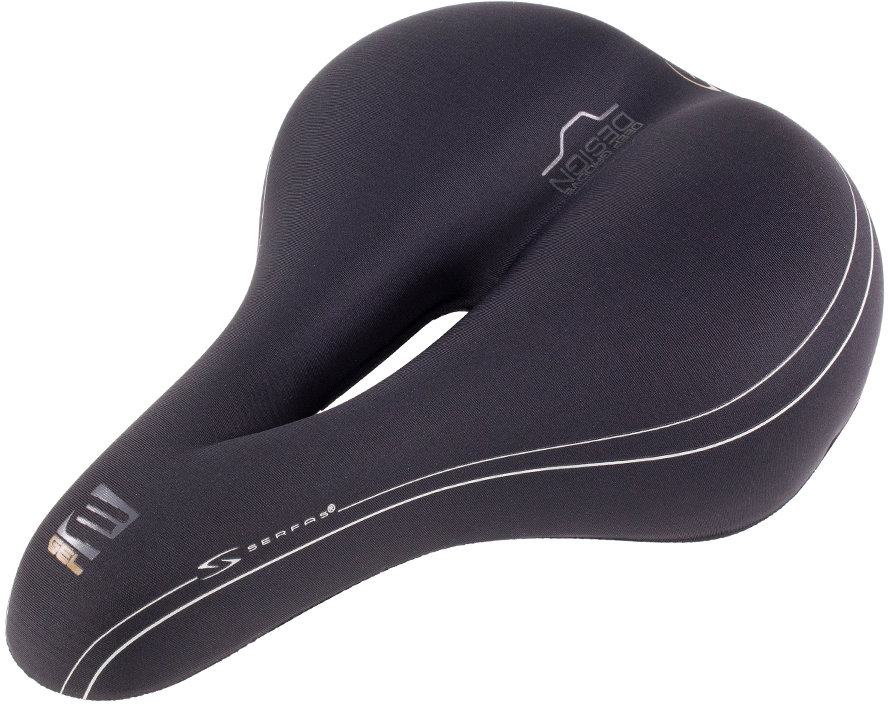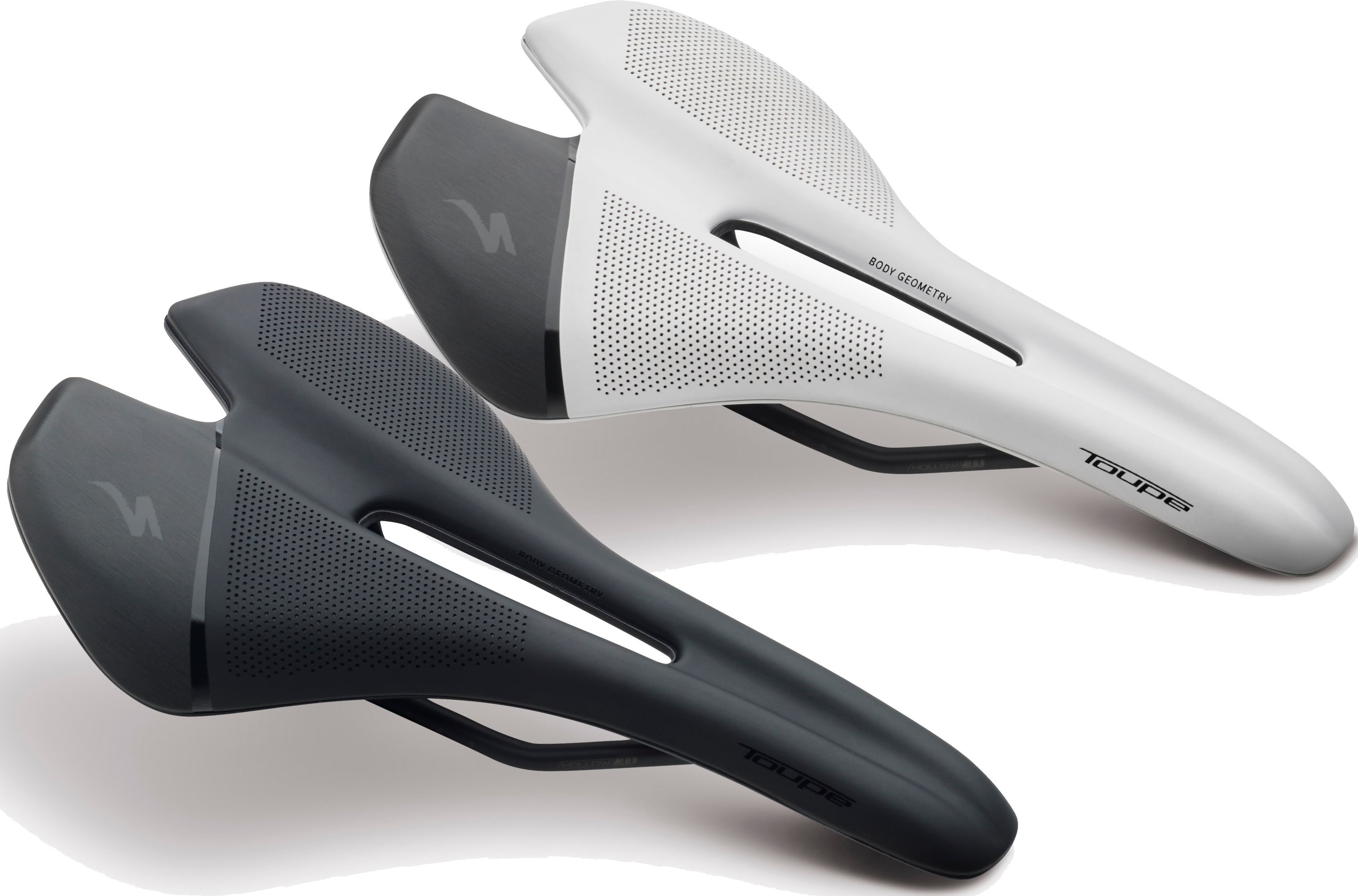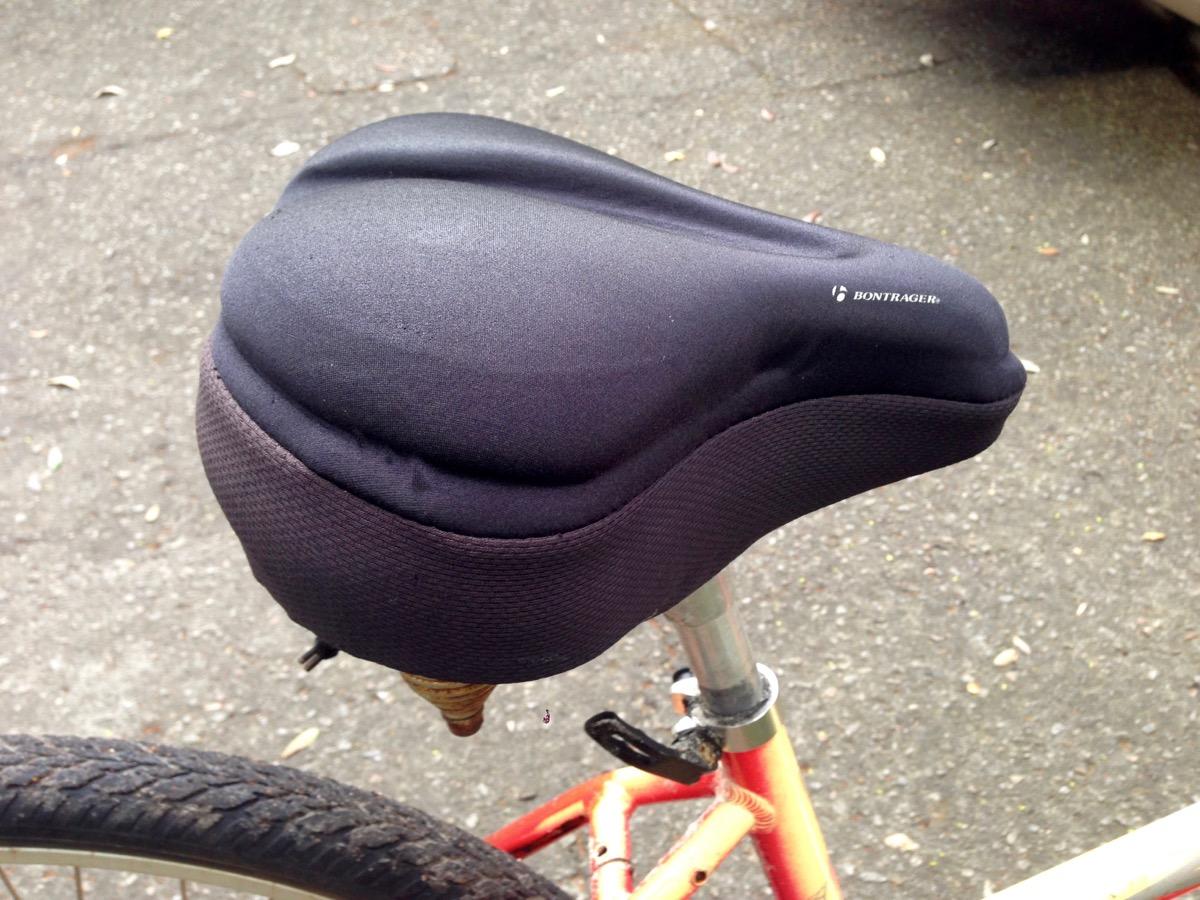Understanding the Importance of Saddle Comfort
A comfortable bike saddle is essential for any rider, regardless of their experience level or riding style. A well-fitting saddle can improve pedaling efficiency, reduce pressure points, and enhance overall comfort, allowing riders to focus on their performance and enjoy the ride. On the other hand, a poorly fitting saddle can lead to discomfort, pain, and even injury, making it difficult to enjoy the ride and perform at optimal levels.
When it comes to bike saddles, comfort is not just a matter of personal preference, but also a critical factor in preventing injuries and improving overall riding experience. A saddle that is too narrow or too wide can cause pressure points, numbness, and discomfort, while a saddle with the right width, shape, and material can provide the necessary support and cushioning for a comfortable ride.
In addition to comfort, a well-fitting saddle can also improve pedaling efficiency and performance. When a rider is comfortable, they can maintain a consistent pedaling cadence, generate more power, and conserve energy, allowing them to ride longer and faster. Furthermore, a comfortable saddle can also reduce the risk of injury, particularly in the perineal area, which is prone to pressure points and discomfort.
For riders who prioritize comfort, a bike saddle designed for comfort is essential. These saddles typically feature a cutout or recessed area to reduce pressure points, a gel or foam padding to provide extra cushioning, and a ergonomic design to support the rider’s body. Some popular bike saddles for comfort include the WTB Rocket and Terry Butterfly, which are designed to provide optimal support and cushioning for riders who prioritize comfort.
In conclusion, a comfortable bike saddle is essential for any rider, regardless of their experience level or riding style. By choosing a saddle that is designed for comfort, riders can improve their pedaling efficiency, reduce pressure points, and enhance their overall riding experience. Whether you’re a casual rider or a competitive athlete, a comfortable bike saddle is a critical component of your riding gear.
How to Choose the Right Saddle for Your Riding Style
Choosing the right bike saddle for your riding style is crucial for comfort, performance, and overall riding experience. With so many options available, it can be overwhelming to select the perfect saddle. However, by considering a few key factors, you can find a saddle that meets your needs and provides the comfort and support you need.
First, consider your riding style. Road bikers, mountain bikers, and commuters have different needs when it comes to saddle comfort. Road bikers typically prefer a narrower saddle with a more pronounced nose, while mountain bikers prefer a wider saddle with a more upright riding position. Commuters, on the other hand, may prefer a saddle with a more relaxed riding position and extra cushioning.
Saddle width is also an important consideration. A saddle that is too narrow can cause pressure points and discomfort, while a saddle that is too wide can cause chafing and irritation. Look for a saddle that is designed for your riding style and body type. For example, a saddle with a cutout or recessed area can provide extra comfort and support for riders with sensitive areas.
Material is also a key factor in saddle comfort. Look for saddles made from high-quality materials that provide the right balance of support and cushioning. Gel and foam saddles are popular options for long-distance riding, as they provide extra cushioning and support. However, they may not be suitable for high-performance riding, as they can be too soft and lack support.
Finally, consider your personal preference when choosing a saddle. Think about your riding position, body type, and comfort needs. Do you prefer a more upright riding position or a more aggressive position? Do you need extra cushioning and support or a more minimalist design? By considering these factors, you can find a saddle that meets your needs and provides the comfort and support you need.
Some popular bike saddles for comfort include the WTB Rocket and Terry Butterfly. These saddles are designed to provide optimal support and cushioning for riders who prioritize comfort. They feature a cutout or recessed area to reduce pressure points and provide extra comfort and support. However, they may not be suitable for all riders, so it’s essential to consider your riding style and personal preference when choosing a saddle.
Top Picks for Comfortable Bike Saddles: WTB Rocket and Terry Butterfly
When it comes to choosing a comfortable bike saddle, there are many options available. However, two saddles that stand out for their comfort features are the WTB Rocket and Terry Butterfly. In this section, we’ll review and compare these two saddles, highlighting their unique features, benefits, and drawbacks.
The WTB Rocket is a popular choice among road bikers and commuters. It features a unique cutout design that provides extra comfort and support for riders with sensitive areas. The saddle is made from high-quality materials, including a durable nylon shell and a comfortable gel padding. The WTB Rocket is also designed to be lightweight, making it an excellent choice for riders who prioritize performance.
The Terry Butterfly, on the other hand, is a favorite among mountain bikers and long-distance riders. It features a unique butterfly-shaped design that provides extra comfort and support for riders with wider sit bones. The saddle is made from high-quality materials, including a durable steel rail and a comfortable foam padding. The Terry Butterfly is also designed to be adjustable, allowing riders to customize the fit to their individual needs.
Both the WTB Rocket and Terry Butterfly are excellent choices for riders who prioritize comfort. However, they have some key differences that may make one more suitable for your needs than the other. The WTB Rocket is a better choice for riders who prioritize performance and lightweight design, while the Terry Butterfly is a better choice for riders who prioritize comfort and adjustability.
In terms of comfort, both saddles are designed to provide extra support and cushioning for riders. The WTB Rocket features a unique cutout design that provides extra comfort and support for riders with sensitive areas, while the Terry Butterfly features a unique butterfly-shaped design that provides extra comfort and support for riders with wider sit bones.
Ultimately, the choice between the WTB Rocket and Terry Butterfly will depend on your individual needs and preferences. If you prioritize performance and lightweight design, the WTB Rocket may be the better choice. However, if you prioritize comfort and adjustability, the Terry Butterfly may be the better choice.
The Role of Saddle Cutout and Groove in Reducing Pressure Points
Saddle cutouts and grooves are design features that can significantly reduce pressure points and discomfort while riding a bike. These features are specifically designed to alleviate pressure on sensitive areas, such as the perineum and sit bones, which can become painful and uncomfortable during long rides.
The science behind saddle cutouts and grooves is based on the principle of reducing pressure points by creating a recessed area or channel in the saddle. This allows for a reduction in pressure on sensitive areas, which can become painful and uncomfortable during long rides. By reducing pressure points, saddle cutouts and grooves can help to improve comfort and reduce the risk of injury.
There are several types of saddle cutouts and grooves available, each with its own unique design and benefits. Some saddles feature a single cutout or groove, while others have multiple cutouts or grooves. The type and design of the cutout or groove will depend on the specific needs and preferences of the rider.
One of the main benefits of saddle cutouts and grooves is that they can help to reduce pressure points and discomfort. By creating a recessed area or channel in the saddle, these features can help to alleviate pressure on sensitive areas, which can become painful and uncomfortable during long rides. This can be especially beneficial for riders who experience discomfort or pain in the perineum or sit bones during long rides.
In addition to reducing pressure points, saddle cutouts and grooves can also help to improve comfort and reduce the risk of injury. By reducing pressure points, these features can help to improve blood flow and reduce the risk of numbness or tingling in the legs and feet. This can be especially beneficial for riders who experience numbness or tingling in the legs and feet during long rides.
Some popular bike saddles that feature cutouts and grooves include the WTB Rocket and Terry Butterfly. These saddles are designed to provide extra comfort and support for riders, and feature unique cutout and groove designs that can help to reduce pressure points and discomfort.
How to Adjust Your Saddle for Optimal Comfort
Adjusting your bike saddle for optimal comfort is crucial for a comfortable and enjoyable ride. A well-adjusted saddle can help reduce pressure points, improve pedaling efficiency, and enhance overall comfort. In this section, we’ll provide step-by-step instructions on how to adjust your saddle for optimal comfort.
Step 1: Determine Your Riding Position
Before adjusting your saddle, it’s essential to determine your riding position. This will help you understand how to adjust your saddle to fit your body. Consider your riding style, whether you’re a road biker, mountain biker, or commuter, and adjust your saddle accordingly.
Step 2: Adjust the Height
The height of your saddle is critical for optimal comfort. If your saddle is too high, you may experience discomfort in your knees and hips. If it’s too low, you may experience discomfort in your back and shoulders. To adjust the height, loosen the seatpost clamp and slide the saddle up or down until you find a comfortable position.
Step 3: Adjust the Angle
The angle of your saddle can also affect your comfort. If your saddle is too far forward, you may experience discomfort in your knees and hips. If it’s too far back, you may experience discomfort in your back and shoulders. To adjust the angle, loosen the seatpost clamp and tilt the saddle forward or backward until you find a comfortable position.
Step 4: Adjust the Fore-Aft Positioning
The fore-aft positioning of your saddle can also affect your comfort. If your saddle is too far forward, you may experience discomfort in your knees and hips. If it’s too far back, you may experience discomfort in your back and shoulders. To adjust the fore-aft positioning, loosen the seatpost clamp and slide the saddle forward or backward until you find a comfortable position.
Step 5: Test Your Saddle
Once you’ve adjusted your saddle, test it to ensure it’s comfortable. Take a short ride and pay attention to any areas of discomfort. If you experience discomfort, adjust your saddle accordingly.
By following these steps, you can adjust your saddle for optimal comfort and enjoy a more comfortable and enjoyable ride. Remember, the key to optimal comfort is to find a saddle that fits your body and riding style.
Common Mistakes to Avoid When Choosing a Bike Saddle
Choosing the right bike saddle can be a daunting task, especially for new riders. With so many options available, it’s easy to make mistakes that can lead to discomfort, injury, and a poor riding experience. In this section, we’ll discuss common mistakes to avoid when choosing a bike saddle and provide advice on how to find the perfect saddle for your needs.
Mistake 1: Choosing a Saddle That’s Too Narrow or Too Wide
One of the most common mistakes riders make is choosing a saddle that’s too narrow or too wide. A saddle that’s too narrow can cause pressure points and discomfort, while a saddle that’s too wide can cause chafing and irritation. To avoid this mistake, consider your riding style and body type. If you’re a road biker, you may prefer a narrower saddle, while mountain bikers may prefer a wider saddle.
Mistake 2: Neglecting to Consider Riding Style and Position
Another common mistake is neglecting to consider riding style and position. Different riding styles require different types of saddles. For example, road bikers require a saddle with a more pronounced nose, while mountain bikers require a saddle with a more upright riding position. Consider your riding style and position when choosing a saddle to ensure you find the perfect fit.
Mistake 3: Not Considering Personal Preference
Personal preference is also an important factor to consider when choosing a bike saddle. Some riders prefer a softer saddle, while others prefer a firmer saddle. Consider your personal preference when choosing a saddle to ensure you find a saddle that meets your needs.
Advice for Avoiding These Mistakes
To avoid these mistakes, consider the following advice:
1. Research different types of saddles and read reviews from other riders to get a sense of what works best for your riding style and body type.
2. Consider your riding style and position when choosing a saddle. Different riding styles require different types of saddles.
3. Think about your personal preference when choosing a saddle. Do you prefer a softer saddle or a firmer saddle?
4. Test out different saddles before making a purchase. Many bike shops offer test saddles that you can try out before buying.
By following these tips, you can avoid common mistakes and find the perfect bike saddle for your comfort and performance.
The Benefits of Gel and Foam Saddles for Long-Distance Riding
Gel and foam saddles are popular options for long-distance riding due to their ability to reduce pressure points and provide extra cushioning. These types of saddles are designed to provide comfort and support for riders who spend extended periods of time in the saddle.
The benefits of gel and foam saddles include:
1. Reduced pressure points: Gel and foam saddles are designed to reduce pressure points and provide extra cushioning, making them ideal for long-distance riding.
2. Improved comfort: Gel and foam saddles provide extra comfort and support for riders, making them ideal for long-distance riding.
3. Increased durability: Gel and foam saddles are designed to be durable and long-lasting, making them a great option for riders who spend extended periods of time in the saddle.
However, gel and foam saddles also have some drawbacks, including:
1. Weight: Gel and foam saddles can be heavier than other types of saddles, which can affect the overall weight of the bike.
2. Cost: Gel and foam saddles can be more expensive than other types of saddles, which can be a drawback for some riders.
Recommendations for Riders Who Prioritize Comfort
If you prioritize comfort and are looking for a saddle that can provide extra cushioning and support, a gel or foam saddle may be a great option. Some popular gel and foam saddles include:
1. WTB Gel Saddle: This saddle features a gel insert that provides extra cushioning and support for riders.
2. Terry Foam Saddle: This saddle features a foam insert that provides extra comfort and support for riders.
Ultimately, the best saddle for you will depend on your individual needs and preferences. If you prioritize comfort and are looking for a saddle that can provide extra cushioning and support, a gel or foam saddle may be a great option.
Conclusion: Finding the Perfect Saddle for Your Comfort and Performance
Choosing the right bike saddle can be a daunting task, but by considering your riding style, body type, and personal preferences, you can find a saddle that balances comfort and performance. Remember, a well-fitting saddle can improve pedaling efficiency, reduce pressure points, and enhance overall comfort.
In this article, we’ve discussed the importance of saddle comfort, how to choose the right saddle for your riding style, and reviewed two popular bike saddles known for their comfort features. We’ve also explored the benefits of gel and foam saddles for long-distance riding and provided tips on how to adjust your saddle for optimal comfort.
When choosing a bike saddle, it’s essential to consider your riding style, body type, and personal preferences. Don’t be afraid to experiment with different saddles and adjustments to find your perfect ride. Remember, a comfortable saddle is essential for a enjoyable and injury-free ride.
By following the tips and advice outlined in this article, you can find a bike saddle that meets your needs and provides the comfort and performance you’re looking for. Happy riding!









